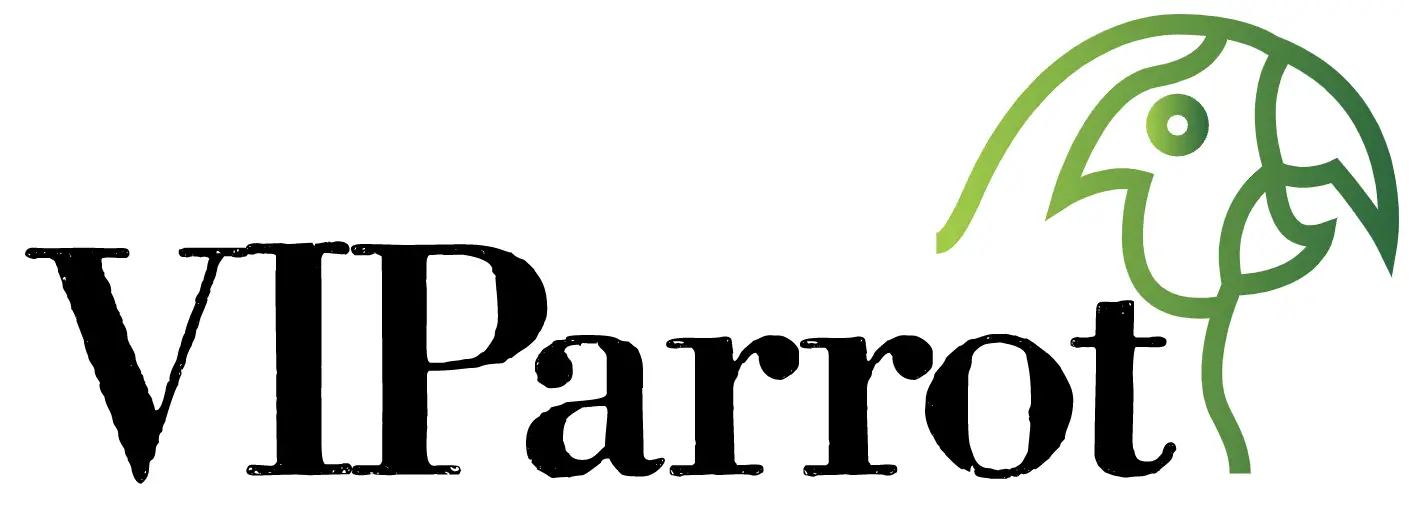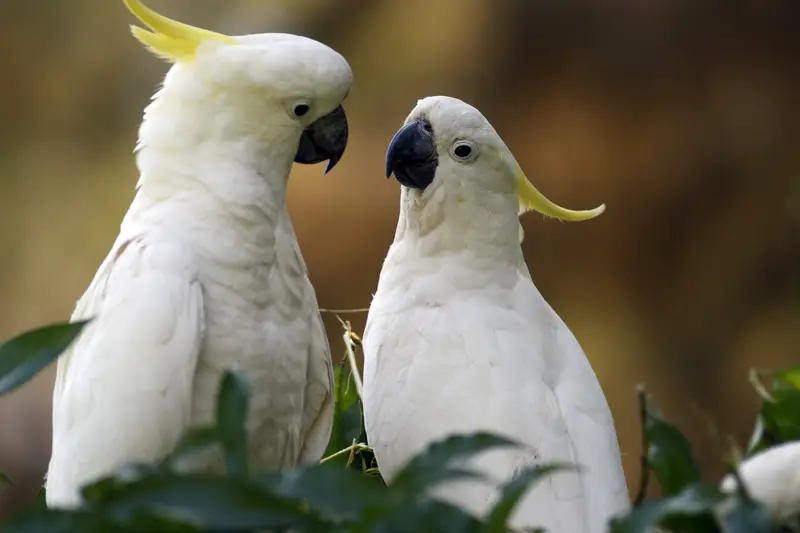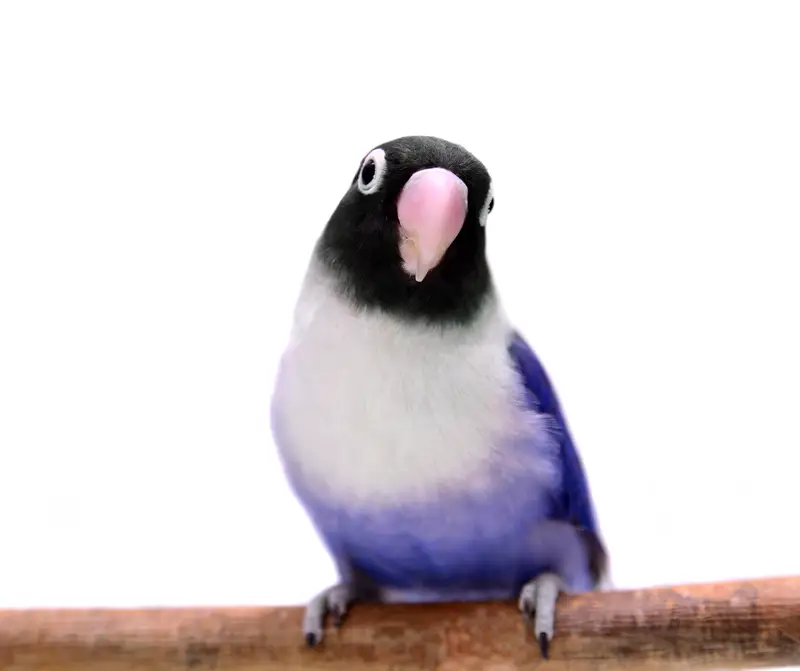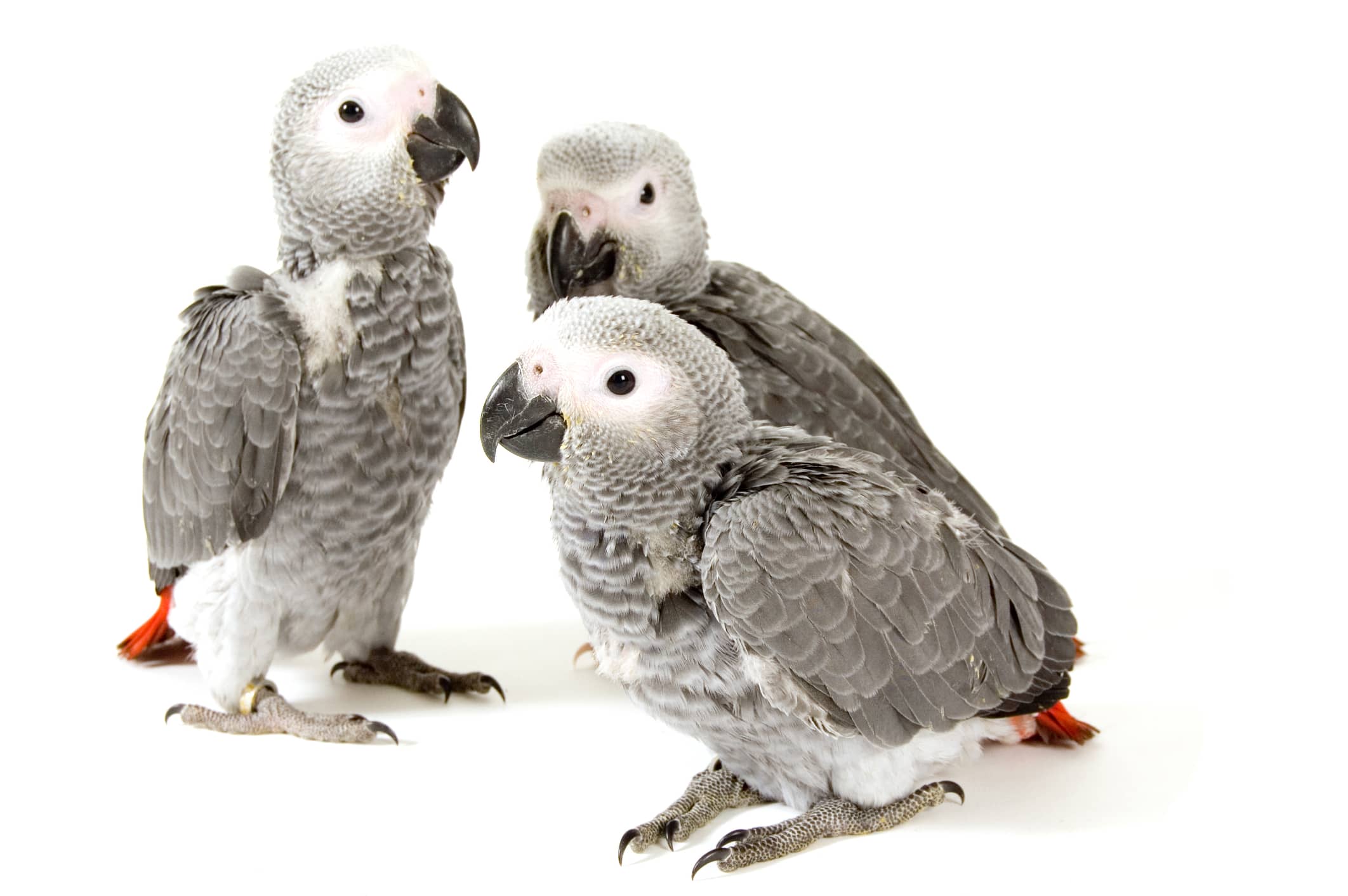Kakariki: A Colorful and Energetic Pet Parrot Species
- June 7, 2023
- 7:30 am
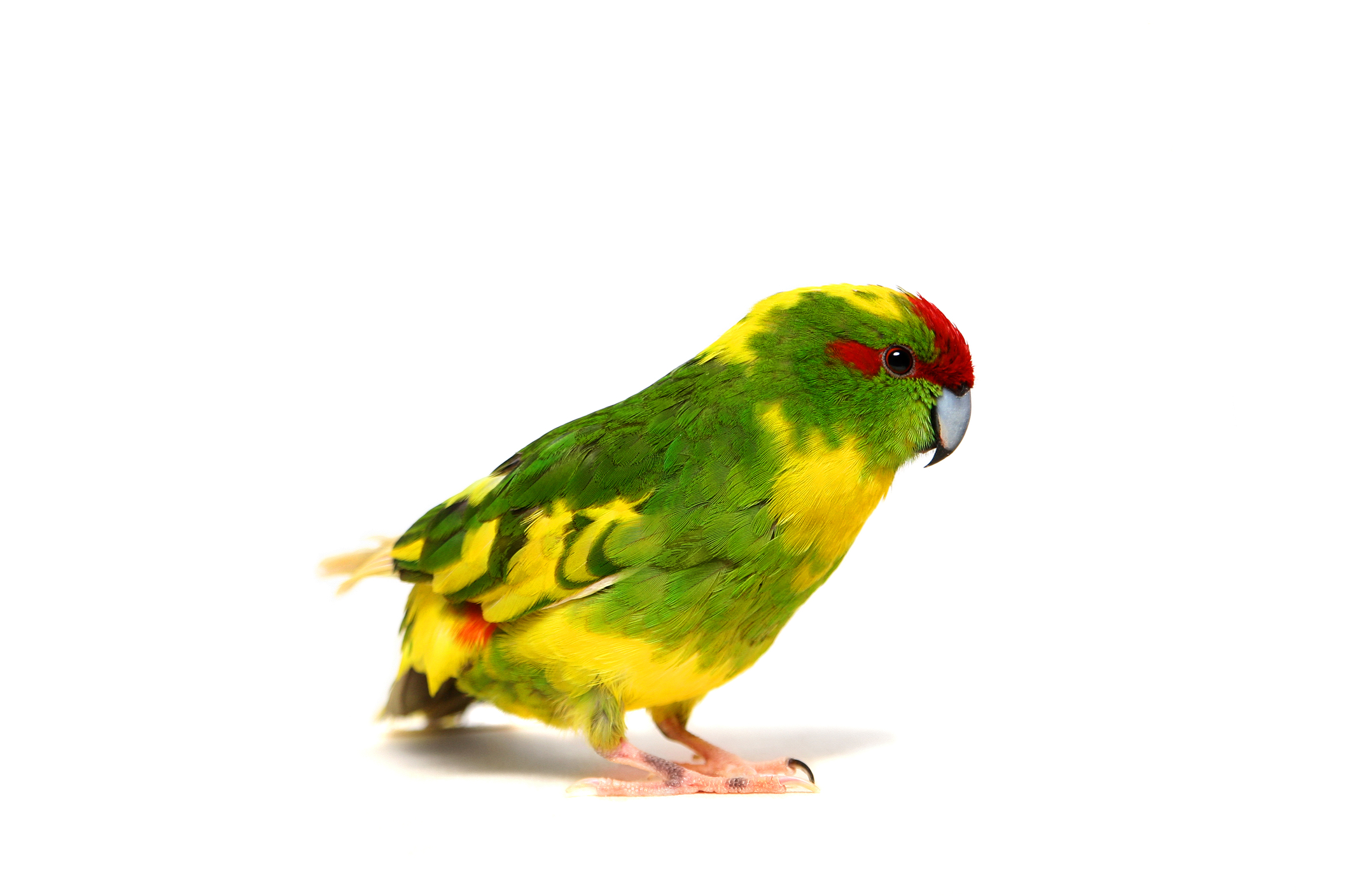
Species Overview
Also Known As: Kakariki parakeet, Red-crowned parakeet
Scientific Name: Cyanoramphus novaezelandiae
Kakariki Size: 12 inches or 30.5 cm beak to tail tip
Life Expectancy: 10-15 years
Is The Kakariki a good pet parrot?
- Playful and Energetic
- Intelligent and Trainable
- Colorful and Beautiful Plumage
- Social and Affectionate
- Minimal noise level
- Long Lifespan
- Occasional loud vocalization
- Can develop Destructive behavior
- High energy levels
- Messy Habits
- Potential Aggression
- Long Lifespan Commitment
The Kakariki, known for its vibrant colors and lively demeanor, is a fascinating avian companion that has gained popularity as a pet parrot. With its playful nature and captivating appearance, the Kakariki parrot possesses qualities that make it an excellent choice for those seeking a unique and engaging pet. Whether you’re an experienced bird owner or considering your first feathered friend, the Kakariki parrot’s distinct characteristics and charming personality can bring joy, entertainment, and a vibrant touch to your life as a pet parrot owner. In this article, we will explore the wonderful world of the Kakariki, shedding light on their suitability as delightful and rewarding avian companions.
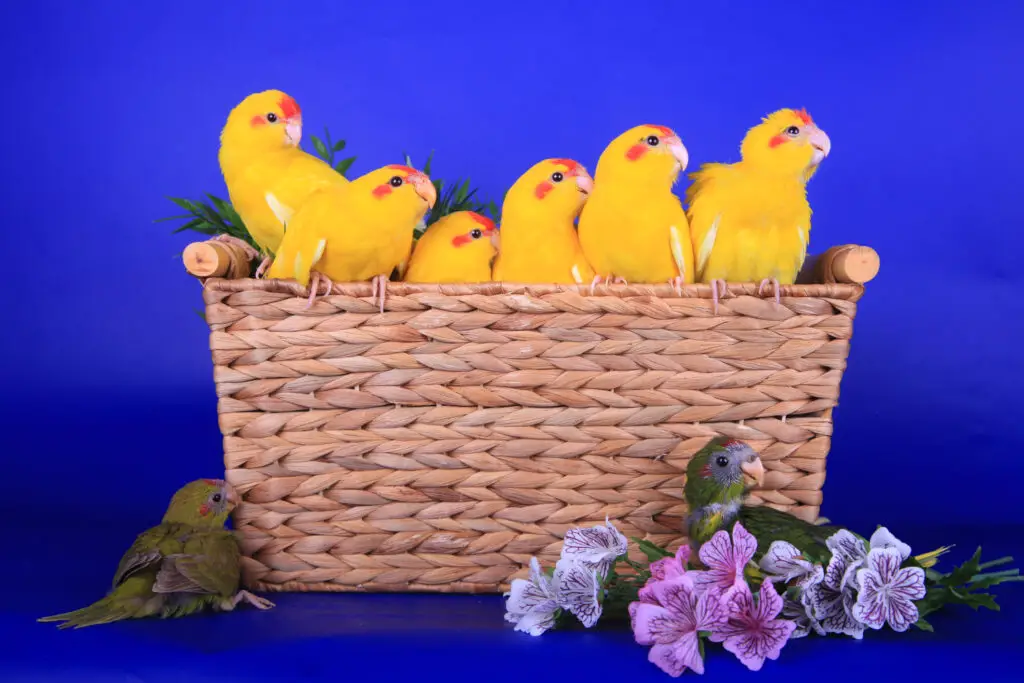
General Information
The Kakariki, also known as the New Zealand Red-Crowned Parakeet, is a stunning parrot species characterized by its bright green feathers, red crown, and vibrant color patterns. With its long tail, crimson rump patches, and violet blue on wing coverts and flight feathers, this avian beauty stands out in the avian world. While the naturally occurring “Albino” variation of the Kakariki can be found in the wild, bird breeders have also developed a Lutino Mutation. These playful and friendly birds, roughly the size of a Quaker Parakeet, are known for their unique ability to run up and down their cages without using their beaks. Additionally, they have a talent for mimicry and can learn to imitate phrases and short nursery rhymes. Unlike some other parrot species, Kakarikis are not excessively loud, making them suitable companions for apartment living.
While the average lifespan of a Kakariki ranges from 10 to 15 years, there is ongoing research to determine if proper love and care could extend their longevity. These parrots can be easily stressed, so a calm and quiet home environment is essential for their well-being. This makes them a preferred choice for middle-aged and senior individuals who seek avian companionship that aligns well with their own age. Unlike birds with lifespans of 35 years or more, such as Amazons, Kakarikis offer a more manageable timeline for planning future arrangements.
Kakarikis exhibit unique behaviors such as feeding on the floor of their cage and frequently bathing in a glass pan of water. Due to their growing popularity and the presence of multiple subspecies and color mutations, there is a limited number of aviaries in the United States that breed Kakarikis. However, as awareness of these fascinating parrots continues to grow, it is likely that more breeders will emerge, offering enthusiasts the opportunity to share their lives with these captivating birds.

The Benefits and Challenges of Owning a Kakariki Parrot
Pros
Playful and Energetic
Kakariki parrots are known for their lively and active nature. They are highly energetic birds that enjoy playing with toys, exploring their environment, and engaging in interactive activities. Their vibrant and playful personalities can bring a lot of joy and entertainment to their owners.
Intelligent and Trainable
Kakariki’s are intelligent birds that can learn a variety of tricks and commands. With consistent training and positive reinforcement, they can become adept at tasks such as stepping onto your hand, target training, and even learning to speak a few words. Their trainability makes them engaging companions and allows for stimulating interactions.
Colorful and Beautiful Plumage
Kakariki parrots are renowned for their stunning and vibrant plumage. Their feathers can showcase a range of colors including bright green, red, yellow, and blue. Their striking appearance can add a lively touch to your home and make them visually captivating pets.
Social and Affectionate
Kakariki parrots are social creatures that thrive on interaction and companionship. They enjoy forming strong bonds with their human caregivers and can become affectionate towards them. They often seek attention and physical contact, such as cuddling and preening, which can foster a deep and rewarding connection between the parrot and its owner.
Minimal Noise Level
Compared to some other parrot species, Kakariki parrots tend to be relatively quiet. While they do have the ability to vocalize and make chirping sounds, they are not as prone to loud squawking. This characteristic can make them suitable pets for individuals or families living in apartments or close quarters.
Long Lifespan
Kakariki parrots have an impressive lifespan for a pet bird, typically ranging from 10 to 15 years or even longer with proper care. Having a longer-lived pet can be rewarding, as it allows for a stronger bond and more years of companionship.
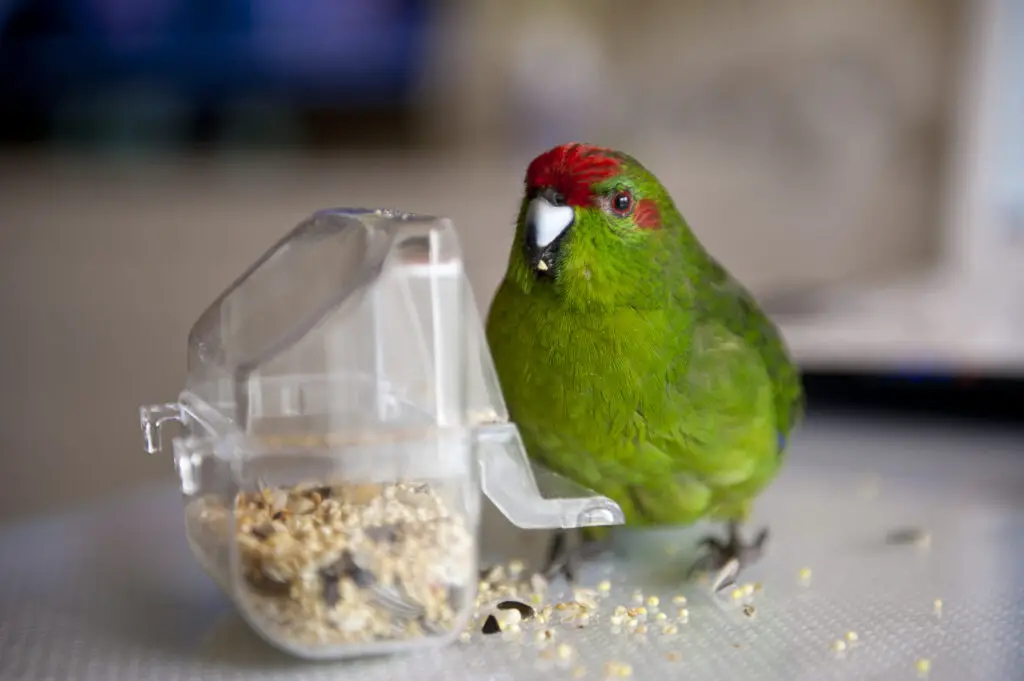
Cons
Occasionally loud Vocalizations
Although Kakariki parrots are generally quieter compared to some other parrot species, they can still be noisy at times. They have the ability to vocalize loudly, especially during certain periods of the day or when they are seeking attention. This can be disruptive in a noise-sensitive environment or for individuals who prefer a quieter household.
Destructive Behavior
Kakariki parrots have strong beaks and a natural inclination to chew. They may engage in destructive behavior such as chewing on furniture, walls, and household items. Providing appropriate toys and regular mental stimulation can help redirect their chewing tendencies, but it requires proactive effort from the owner.
High Energy Levels
Kakariki’s are highly active birds that require ample physical and mental stimulation. They need plenty of space to fly and play, as well as regular out-of-cage time for exercise. Owners must be prepared to provide a stimulating environment and dedicate time to interact with their Kakariki parrot to prevent boredom and potential behavioral issues.
Messy Habits
Like many parrot species, Kakariki parrots can be messy pets. They have a tendency to scatter food, drop feathers, and create debris around their living area. Regular cleaning is necessary to maintain a hygienic and tidy environment, which can require additional time and effort from the owner.
Potential Aggression
While not all Kakariki parrots display aggressive behavior, some individuals may exhibit territorial or protective tendencies. They may bite or nip when they feel threatened or uncomfortable. Early socialization and consistent positive reinforcement training can help minimize the likelihood of aggression, but it’s important for owners to be aware of this potential trait.
Long Lifespan Commitment
While a long lifespan can be a positive aspect, it also means a long-term commitment. Kakariki parrots can live for 10 to 15 years or more with proper care, and some individuals may not be prepared for such a long-term commitment. It’s essential to consider the long-term responsibility and be prepared to provide care and attention throughout the bird’s life.
What food do they eat?
Kakariki eat a wide variety of plant seeds (particularly flax), fruit, berries, buds, shoots and flowers, as well as nectar, broccoli, snow peas, corn, cucumber, celery, carrots, yams, apples, grapes, cantaloupe, oranges, cheese, popcorn, hard-boiled eggs, cooked chicken bones and cooked dried beans. They particularly enjoy the seeds of kiwi fruit, strawberries, pomegranates, dried figs and peppers (chili jalapeno, green and red) and small invertebrates. Kakarikis are omnivorous and relish meal worms in their diet.
Kakariki Price
They can be rescued, adopted, or purchased at verified organizations or adoption websites like Petfinder. Pricing is around $800 from breeders. Its not a cheap bird considering the size of this beauty, however they will pay you back in spades with their love and devotion towards you.
If you want to choose a breeder, make sure that the breeder is reputable by asking them how long they’ve been breeding and working with Kakarikis. Ask for a tour, but don’t be alarmed if you are unable to tour the facilities in which they keep the birds. Many reputable breeders opt to work under closed aviaries, which prevents diseases from infecting the flock.
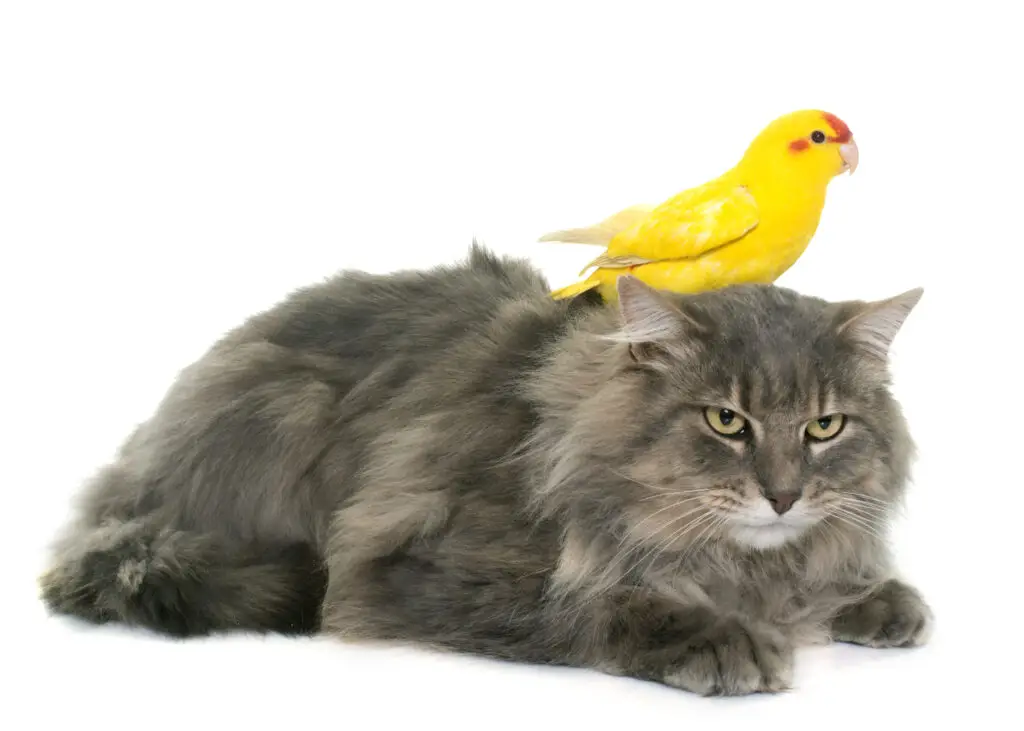
Kakariki Size
The Kakariki parrot showcases a size that is sure to captivate bird enthusiasts. Standing at approximately 12 inches, they boast a compact yet striking presence. To put their size into perspective, imagine a Kakariki perched on your hand, its colorful plumage creating a vibrant spectacle. Comparable in size to a Quaker Parakeet, the Kakariki is a testament to nature’s diverse avian wonders. From their graceful flight to their playful antics, these petite parrots pack a lot of personality into their modest stature. So, whether you’re marveling at their captivating colors or witnessing their energetic movements, the Kakariki’s size serves as a fascinating attribute that adds to the allure of this delightful avian companion.
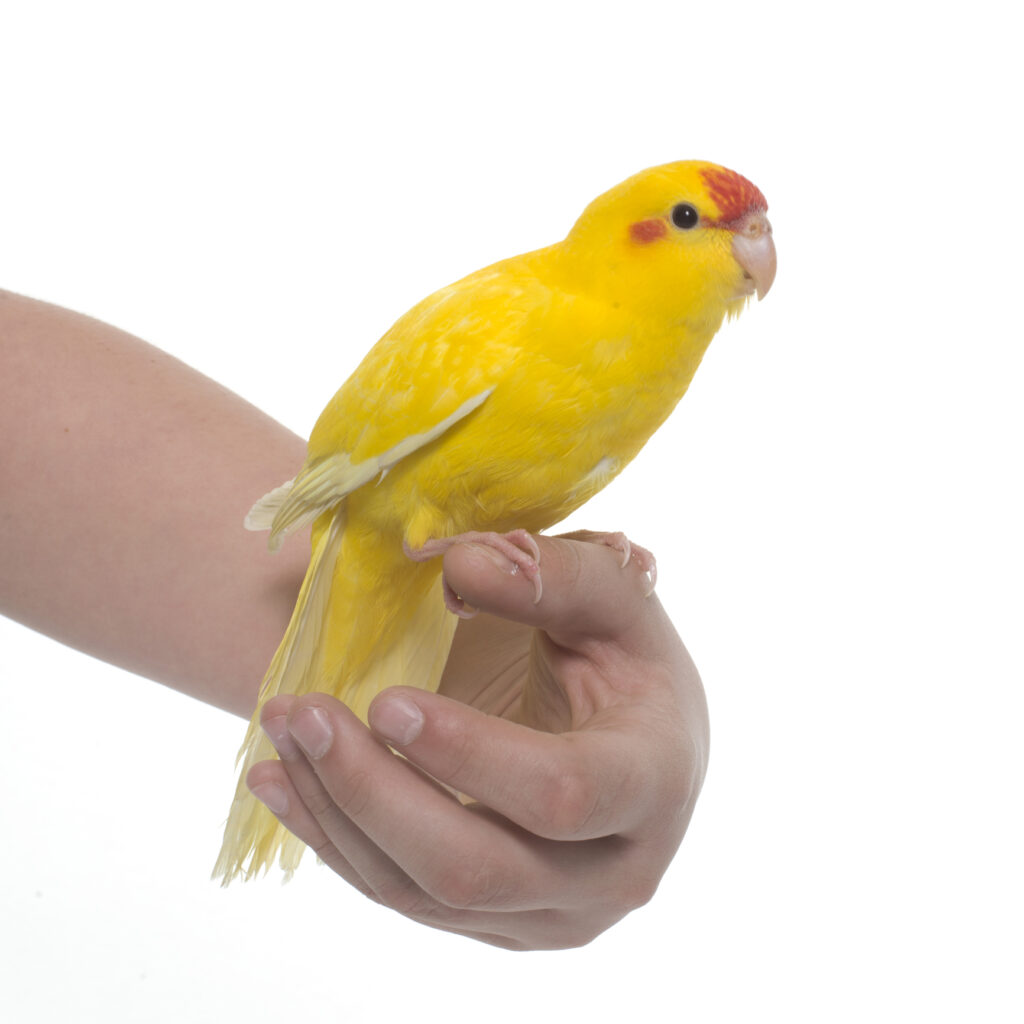
Cage Size
Choosing the appropriate cage size for your Kakariki is crucial to ensure their well-being and happiness. These energetic parrots thrive when they have ample room to move and explore. Opting for a spacious cage allows them to spread their wings, hop around, and engage in their natural behaviors. Kakarikis are active birds that love to climb, jump, and play, so a larger cage provides them with the freedom and opportunity to indulge in these activities. Moreover, a spacious enclosure accommodates various perches, toys, and enrichment items, allowing for a stimulating environment that promotes their mental and physical health. By providing a roomy cage, you are giving your Kakariki the space they need to thrive and express their natural instincts, ensuring they lead a comfortable and fulfilling life.
It’s important to note that the cage size for a Kakariki should be proportional to their body size. A minimum cage dimension of 24 inches in length, 18 inches in width, and 24 inches in height is generally recommended. However, the more room you can provide, the better. Kakarikis are highly active and inquisitive birds that require plenty of space to exercise and explore. They enjoy flying from perch to perch, stretching their wings, and engaging in playful antics. A larger cage not only allows them to move around more freely but also helps prevent feelings of confinement or boredom. By prioritizing a spacious cage for your Kakariki, you are creating an environment that promotes their natural behaviors, ensuring they stay happy, healthy, and entertained.
Temperament
As pets, kakarikis are great fun and have really entertaining personalities. Being intelligent, they are able to learn words and mimic a lot of sounds including your favorite songs. They are also just as lovable as they look and like to cuddle up to their owners.
Of course, with such perky personalities they’ll need plenty of attention to keep them entertained so make sure you spend time playing with them and give them a range of toys to keep them occupied when they’re alone. Like most birds, the kakariki bird needs a few hours a day out of the cage and almost constant stimulation to avoid boredom so it is important to introduce new toys to them regularly.
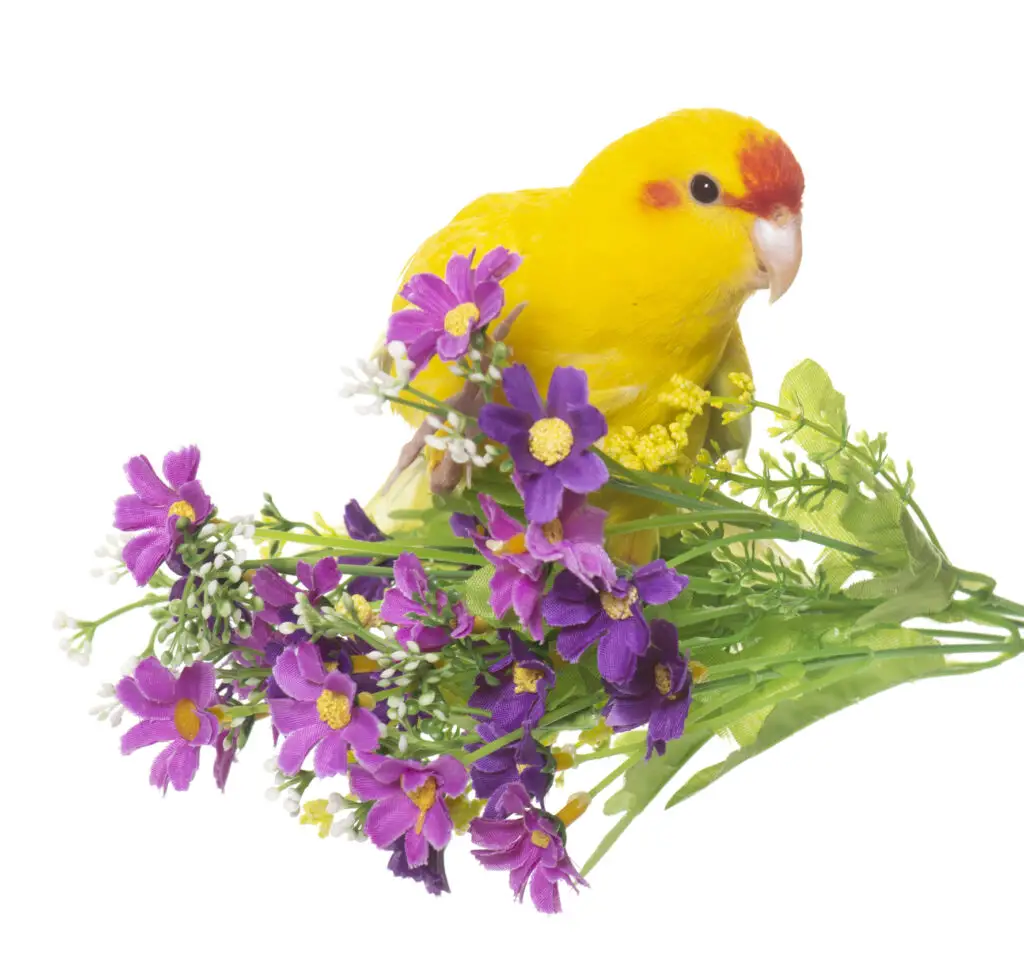
Common Health Problems
When it comes to the health of the Kakariki bird, there are a few common issues that owners should be aware of to ensure the well-being of their feathered friend. One prevalent health concern is respiratory infections. Kakarikis are susceptible to respiratory issues, particularly if they are exposed to drafts, damp conditions, or poor ventilation. Monitoring their environment and providing a clean and dry living space can help prevent such infections. Another health issue that can affect Kakarikis is fatty liver disease. These birds have a high metabolism, and a diet that is too rich in fats or lacking proper nutrition can lead to the accumulation of fat in their liver. It is crucial to provide a balanced and varied diet consisting of pellets, fresh fruits, vegetables, and occasional treats to maintain their optimal health. Regular veterinary check-ups and consultations with avian experts are essential to detect and address any health problems promptly. By being attentive to their well-being and providing appropriate care, owners can help ensure that their Kakariki bird remains vibrant and healthy for years to come.
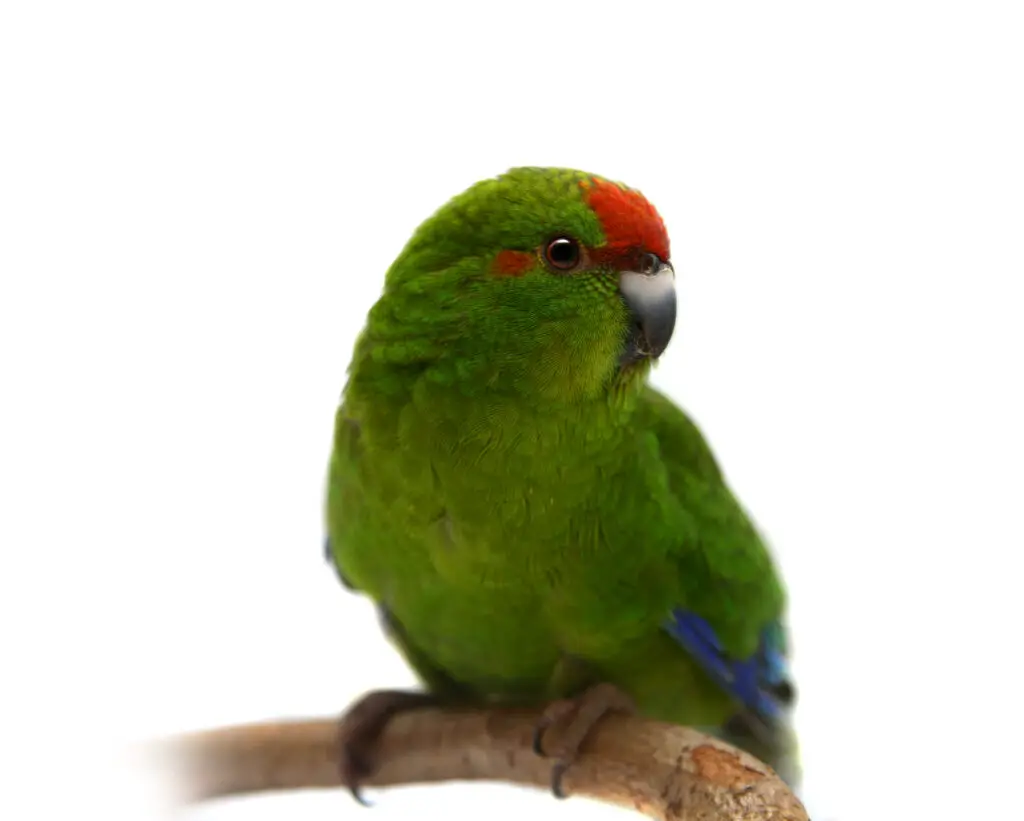
Kakariki Mutations
The world of Kakariki parrots is home to a variety of captivating color mutations that are sure to leave bird enthusiasts in awe. One notable mutation is the Blue Kakariki. As the name suggests, these parrots exhibit stunning shades of blue in their plumage, creating a mesmerizing sight. The vibrant blue feathers, ranging from deep cobalt to sky blue, give the Blue Kakariki a distinct and striking appearance. Whether perched on a branch or in flight, these birds become living masterpieces, showcasing nature’s ability to create mesmerizing hues. The Blue Kakariki adds a touch of elegance and mystique to the already captivating world of Kakarikis, making it a highly sought-after variation among bird enthusiasts.
In addition to the Blue Kakariki, there are other fascinating color mutations that have been developed by dedicated bird breeders. These mutations have resulted in Kakarikis displaying a range of unique colors such as yellow, cinnamon, lutino, and pied. Each color mutation brings its own charm and allure to the Kakariki family, enhancing the already vibrant world of these parrots. Whether you’re captivated by the vibrant blues of the Blue Kakariki or the soft hues of other color mutations, the diverse palette of Kakariki parrots offers a captivating display of nature’s creativity and the dedicated efforts of breeders to showcase the endless beauty that can be found within this remarkable species.
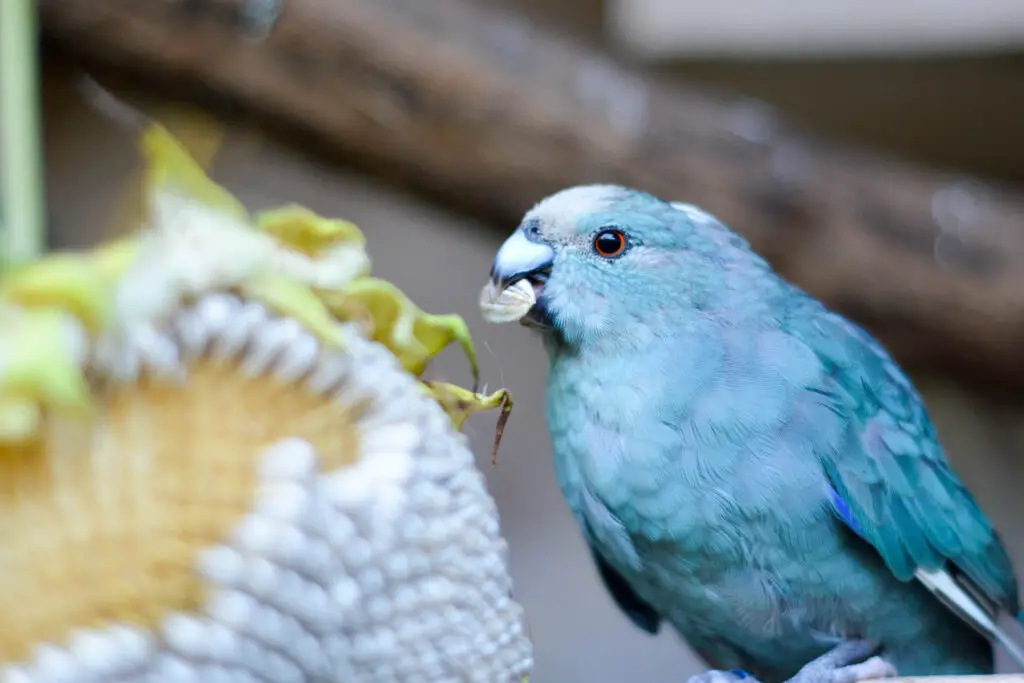
Kakariki Sounds
Their repertoire of sounds ranges from cheerful chirps to melodious whistles and even soft murmurs. These delightful creatures have a knack for mimicry and can imitate various sounds, including human speech and everyday household noises. With their playful and sociable nature, Kakarikis often engage in vocal interactions with their owners, communicating through a symphony of chirps and trills. Their cheerful calls and vocal displays serve as a means of expressing their contentment, seeking attention, or signaling their excitement. Whether you’re greeted by a melodious melody in the morning or serenaded with a playful conversation throughout the day, the sounds of the Kakariki add an enchanting and lively ambiance to any home or aviary.
Final Thoughts
In conclusion, the Kakariki is a remarkable parrot species that offers bird enthusiasts a delightful and captivating avian companion. With their vibrant colors, lively personalities, and unique attributes, Kakarikis have carved a special place in the hearts of pet owners. From their playful nature to their ability to mimic sounds, these birds bring joy and entertainment to any household. However, it’s essential to provide them with proper care, including a suitable cage size, a balanced diet, and a stimulating environment. By understanding and meeting their specific needs, we can ensure that Kakarikis thrive and flourish in our homes. So, whether you are charmed by their vivid plumage, entertained by their vocalizations, or enchanted by their active antics, the Kakariki is a companion that brings color, energy, and a touch of magic to the world of avian pets.
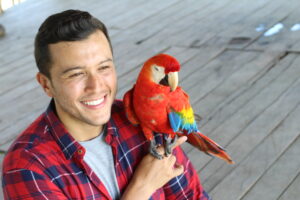
Alan Winters
Alan is a dedicated bird enthusiast and experienced writer who has been sharing insights on bird care and behavior for several years. With a passion for parrots in particular, Alan has a deep understanding of their unique needs and behavior patterns.
As a trusted authority in the field of bird care, Alan takes pride in sharing accurate and up-to-date information with his readers. Through his writing, he aims to educate and inspire bird owners of all experience levels to provide the best possible care for their feathered friends.
When not writing about birds, Alan can be found volunteering at local bird sanctuaries and rescues, where he enjoys putting his knowledge and experience to use helping birds in need.
